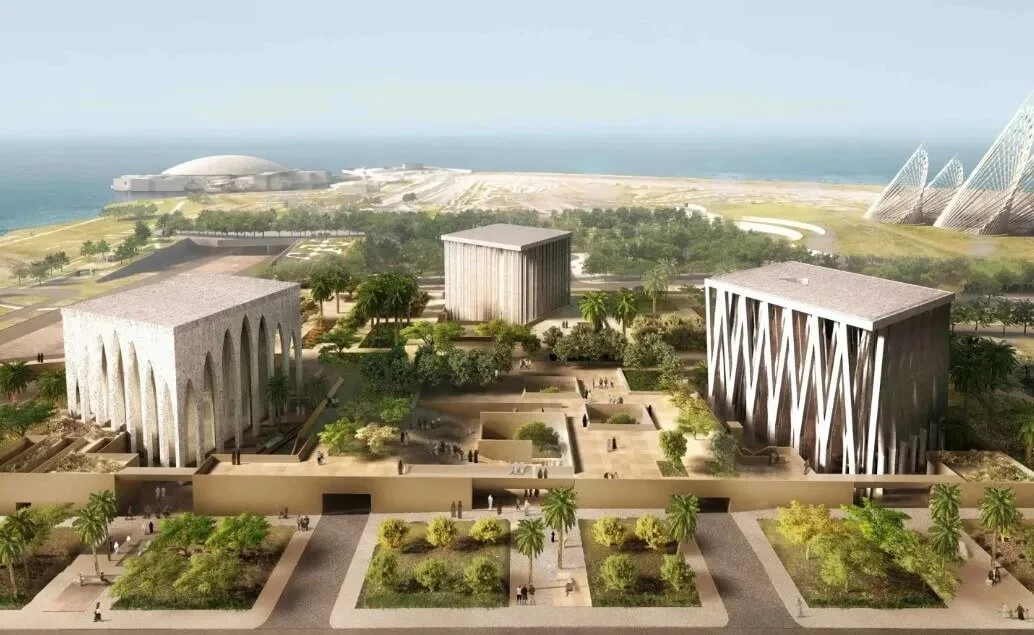Looking for the link that connects the mechanism of Antikythera with today’s mechanics, we have to count also the Byzantine portable sundial-calendar that is on display in London, at the London Science Museum. The bronze find consists of four fragments, among which are well-formed and well-worked cogwheels (gears).
The clock, just like the Antikythera mechanism, can "show" the time and day in 16 different cities-regions of the known world in Greek (Constantinople, Siini-Aswan, Thebes, Africa, Alexandria, Antioch, Rhodes, Athens, Sicily, Thessaloniki, Rome, Dalmatia, Dioclea, Caesarea Sratonos, Palestine and Ascalon), as well as the relative positions of the sun and moon and the phases of the moon. This is also a masterpiece that is obviously based on deep knowledge of astronomy, mathematics and technological achievements, such as metalworking, automation and gear construction.
It may be almost half a millennium after the mechanism but it is a tangible proof that no knowledge was lost in the meantime. There may be a lag in the development or expansion of knowledge but no loss.
This device, consisting of a sundial and geared mechanical calendar, is the second oldest known of its kind. The earliest known example is the Antikythera Mechanism.











